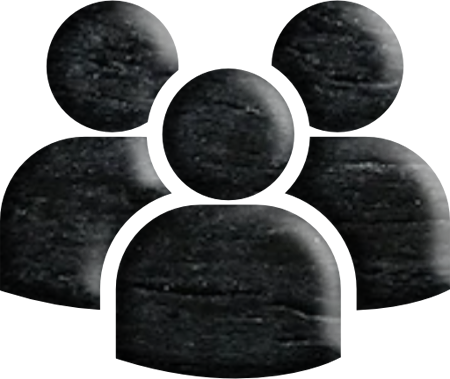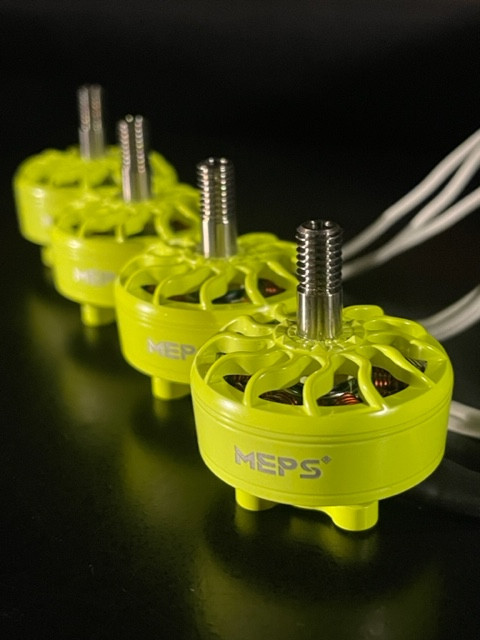Encountering a scenario where one of your FPV drone's motors ceases to rotate, leading to an uncontrollable fall, is often attributed to an ESC Desync. This guide delves into the underlying causes of ESC desync and provides actionable advice on mitigating these issues through adjustments in BLHeli and Betaflight configurations no mater you are using sush as 1800KV brushless motor, small drone motor, 2806.5 Brushless Motor.
Understanding ESC Desync
Not all incidents of drones plummeting are due to ESC desync. A drone dropping without spinning might indicate a failsafe or power loss. However, ESC desync is characterized by the drone spinning or rolling uncontrollably due to one motor stalling and failing to produce thrust. This causes the flight controller to max out the motor signal in a futile attempt to correct the fall.
Analyzing Blackbox logs is the most accurate method to diagnose an ESC desync, showcasing a motor signal spike to 100%. Alternatively, scrutinizing DVR footage frame by frame may reveal which motor lagged, evident by the drone's roll direction.
Root Causes of ESC Desync
ESC desync typically arises from:
- Motors exceeding the ESC's RPM limits.
- Significant electrical noise.
Exceeding RPMs can lead the ESC to miss the motor’s “zero crossing” point, critical for timing the next pulse. Electrical noise further complicates this by obscuring the ESC's signal processing, potentially stalling the motor.
Strategies to Combat ESC Desync
Addressing ESC Desync involves tweaking BLHeli and Betaflight settings. Before adjusting software settings, ensure a low ESR capacitor is soldered to the ESC’s power input to mitigate electrical noise, a common desync precursor.
BLHeli Adjustments:
-
Rampup Power (Startup Power): Lowering this value (to 0.125 in BLHeli_S or 12% in BLHeli_32) can prevent desync. If the motors stutter on startup, incrementally increase the rampup power until the motors initiate smoothly without inducing desync.
-
Demag Compensation: Setting this to high enhances the drone's ability to recover from desync incidents, albeit with a slight performance trade-off.
Adjust these settings selectively, based on desync occurrences.
Betaflight Adjustments:
-
DShot ESC Protocol: Ensuring usage of this protocol can be beneficial.
-
Motor Idle Throttle Value: The default setting of 5.5 might be too low for smaller quads. Increasing this to between 6.5 and 7 can improve stability without risking desync.
Conclusion
By implementing the aforementioned tips, your ESC Desync issues should be substantially mitigated, paving the way for further quad tuning.
Wishing you smooth and stable flights ahead!

